#ophiology101
Text

via pinterest
#snakes#ophiology101#reptiles#ophiology#animals#reptiblr#herpetology#nature#zoology#aesthetic#we heart it#whi#pinterest
368 notes
·
View notes
Text
hey i made a blog about ophiology (snakes) - @ophiology101 and it would be cool if you could take out 5 seconds to follow it and check it out thanks i love u again @ophiology101 i've been working very hard :)
#im sorry i hate self promo too#it would mean a lot#its takes like 5 secs do it#thank you#no seriously thank you
1 note
·
View note
Photo


The Rhinoceros Ratsnake, also commonly known as the Vietnamese longnose snake, is a species of non-venomous ratsnake in the family Colubridae. The species is found from northern Vietnam to southern China. It has a prominent, distinctive, scaled protrusion on the front of its snout, which has led to its common naming after a rhinoceros.
336 notes
·
View notes
Photo

The Blue Racer Snake (Coluber constrictor foxii)
The Blue Racer Snake earned it’s name much because of it’s vibrant scale colors. Also, these snakes are incredibly fast. Hence the name “Racer”.
178 notes
·
View notes
Photo
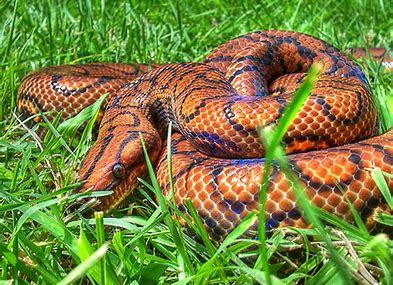
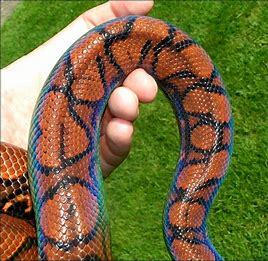
The Brazilian Rainbow Boa is a medium-sized terrestrial boa native to the Amazon River basin. It is named for its iridescent skin which refracts light and creates a rainbow-colored effect.
#so pretty!!#reptiles#snakes#herpetology#zoology#nature#boas#animals#Brazilian rainbow boa#rainbow boa#aesthetic#snake aesthetic#rainbow#ophiology#ophiology101
176 notes
·
View notes
Photo

look at this pretty dragon!
#snakes#animals#nature#reptiles#herpetology#reptiblr#snakeblr#cute snakes#cute reptiles#cute animals#ophiology#ophiology101
247 notes
·
View notes
Photo

from weheartit
224 notes
·
View notes
Photo
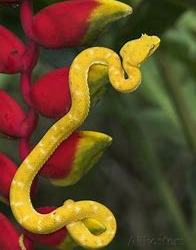

#animals#nature#reptiles#snakes#snakeblr#reptiblr#aesthetic#yellow aesthetic#yellow snake#cute snakes#cute reptiles#cute animals#herpetology#zoology#ophiology#ophiology101#nature aesthetic#aesthetic animals#aesthetic nature
155 notes
·
View notes
Photo


Erpeton tentaculatum
The “tentacled” snake is the only member of the genus Erpeton, and the two tiny “tentacles” of its namesake are a completely unique feature for detecting prey. It preys mostly on small fish, hunting in murky water with its head bent backwards like a crowbar. When a fish swims by, it wiggles its tail to frighten the prey straight towards its mouth.
source
#snakes#reptiles#reptiblr#snakeblr#tentacled snake#animals#herpetology#zoology#ophiology#ophiology101
88 notes
·
View notes
Photo

Leucistic Texas Rat Snake
#snakes#reptiles#herpetology#zoology#nature#reptiblr#snakeblr#ratsnake#rat snake#animals#aesthetic#snake aesthetic#white#ophiology#ophiology101
84 notes
·
View notes
Photo
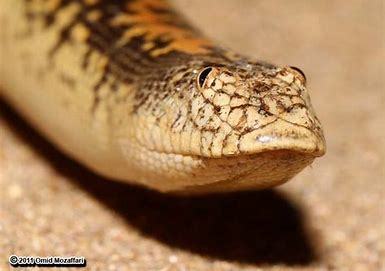

Eryx jayakari or the Arabian sand boa, is a species of snake endemic to the Arabian Peninsula where it spends the day buried in the sand. It has evolved to burrow, with a chisel-shaped snout and eyes positioned on the top of the head. The remnants of its hind limbs are apparent as small claws towards the snake’s rear. Oddly, it is the only member of the Eryx genus that lays eggs!
#animals#reptiles#reptiblr#herpetology#snakes#ophiology#snakeblr#ophiology101#arabian sand boa#boa#biology#zoology
133 notes
·
View notes
Text
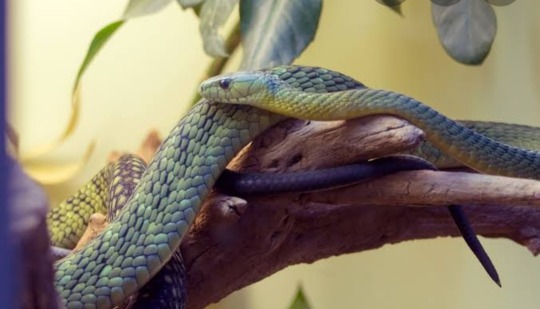

Jameson's mamba (Dendroaspis jamesoni) is a species of quick, highly arboreal and highly venomous snake of the family Elapidae . The species is endemic to Africa.
#snakes#ophiology101#ophiology#animals#reptiles#reptiblr#herpetology#nature#zoology#jamesons mamba#mamba#snakeblr
46 notes
·
View notes
Photo

The Scarlet Kingsnake is a species of kingsnake found in the southeastern and eastern portions of the United States. Like all kingsnakes, they are nonvenomous. Until recently, they were considered a subspecies of milksnakes. However, Pyron & Bubrink demonstrated their phylogenetic distinction its closer relationship to the Mountain Kingsnakes of southwestern United States. These largely fossorial snakes are the smallest of all species within the genus Lampropeltis, ranging from 40 to 50 cm at maturity.
#snakes#reptiles#snakeblr#reptiblr#animals#nature#herpetology#zoology#scarlet kingsnake#kingsnake#ophiology#ophiology101
90 notes
·
View notes
Photo

The Green Anaconda (Eunectes murinus), also known as Common Anaconda, common water boa or sucuri, is a non-venomous boa species found in South America. It is the heaviest and one of the longest known extant snake species.
#snakes#reptiles#herpetology#snakeblr#reptiblr#zoology#anaconda#green anaconda#animals#ophiology101#ophiology
70 notes
·
View notes
Photo

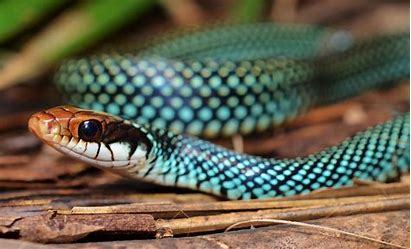
Drymobius margaritiferus or the Speckled Racer, is a species of non-venomous colubrid snake native to the Americas. The specific name, margaritiferus, means "pearl-bearing" in Latin, referring to the pearl-like spots on its dorsal scales.
88 notes
·
View notes
Photo

The Gaboon viper (Bitis gabonica) is a viper species found in the rainforests and savannas of sub-Saharan Africa. It is the largest member of the genus Bitis, and it has the longest fangs – up to 2 inches in length– and the second highest venom yield of any snake next to the King cobra.
Bites from this species are extremely rare, due to their unaggressive nature. Due to their unwillingness to move even when approached, bites most often occur due to persons accidentally stepping on them, but even then this does not guarantee a bite. However, when a bite does occur, it should always be considered a serious medical emergency. Even an average bite from an average-sized specimen is fatal.
#snakes#animals#zoology#herpetology#nature#snakeblr#reptiles#reptiblr#gaboon viper#viper#vipers#ophiology#ophiology101
96 notes
·
View notes